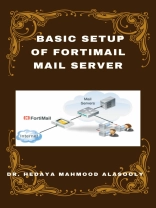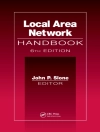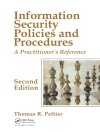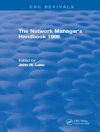Email is a critical tool for everyday business communication and productivity. Fortinet’s email security solution – Forti Mail delivers advanced multi-layered protection against the full spectrum of email-borne threats. Powered by Forti Guard Labs threat intelligence and integrated into the Fortinet Security Fabric, Forti Mail helps your organization prevent, detect, and respond to email-based threats including spam, phishing, malware, zero-day threats, impersonation, and Business Email Compromise (BEC) attacks.
Forti Mail virtual machines provide complete flexibility and portability for organizations wishing to deploy email security infrastructure into a private or public cloud setting. Forti Mail virtual machines provide powerful scalability and ease-of-deployment.
For organizations wishing to deploy email protection in an on-premise setting or for service providers who wish to extend email services to their customers, Forti Mail appliances offer high performance email routing and robust features for high availability.
Fortinet Forti Mail provides multiple operating modes to choose from including API support for Microsoft 365, Server Mode, Gateway Mode and Transparent Mode.
This report talks about basic setup of Forti Mail Server. This report includes the following sections:
Part 1: Basic Concept for Sending Emails. Part 2: Basic Setup of Forti Mail. Part 3: Access Control and Policies Part 4: Sessions Management. Part 5: Forti Mail Authentication. Part 6: Content Filtering. Part 7: System Maintenance. Part 8: Troubleshooting. Part 9: Data Loss Prevention. Part 10: Email Archiving. Part 11: Anti Virus. Part 12: Anti Spam. Part 13: Personal Quarantine Management. Part 14: Transparent Mode. Part 15: Quick Guide for Forti Mail Hardware Package Installation. Part 16: Tutorial 1-Registering Forti Mail Demo Account. Part 17: Tutorial 2-Installing Forti Mail in VMWare. Part 18: Tutorial 3- Configuring Forti Mail Using the Web Based Control Panel. Part 19: Tutorial 4 – Creating Anti Virus, Anti Spam, Content Filtering and Session Profiles. Part 20: Tutorial 5-Testing Access Control Rules. Part 21: Tutorial 6- Testing Recipient Policies. Part 22: Tutorial 7- Testing IP Policy. Part 23: Tutorial 8 – Testing Relay Host. Part 24: Tutorial 9- Forti Mail Gateway Mode. Part 25: Tutorial 10- Forti Mail Transparent Mode. Part 26: Tutorial 11- Authentication. Part 27: Tutorial 12- Creating NFS Server in Ubuntu Linux Machine. Part 28: Tutorial 13-Muting the NFS share from Windows. Part 29: Tutorial 14- Configuration and Mail Data Backup. Part 30: Tutorial 15- Upgrading the Forti IOS Images through TFTP Server. Part 31: References.












